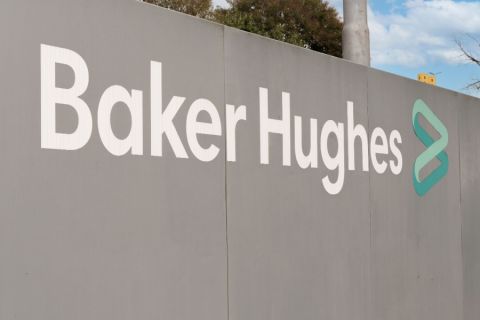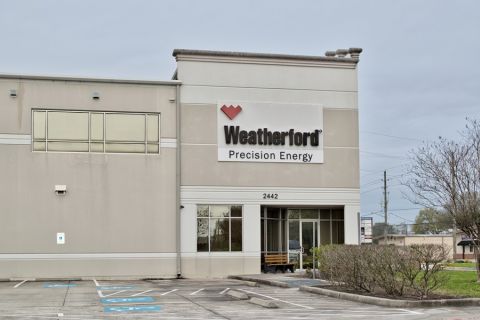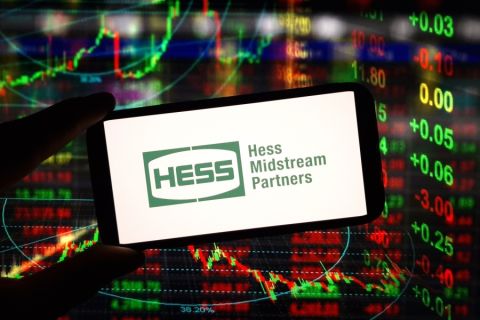Apparently low oil prices aren’t dampening interest in offshore technology. The Offshore Technology Conference (OTC) held in Houston in May had an attendance of more than 94,000 people, the sixth highest in the conference’s 46-year history. Obviously the current economic environment doesn’t mean people will stop innovating.
One of the sessions at OTC focused on frontier deepwater. In this case “frontier” apparently means “really, really deep.” The number 15,000 (as in feet of water) was thrown around almost casually. But the technology required to get there is anything but a cakewalk.
Robert Bloor of Schlumberger talked about acquiring seismic in these frontier areas. Operationally, seismic acquisition in deepwater is not impacted nearly as much as drilling or production operations. However, getting it right is a significant challenge.
Bloor said that in these types of operations there is always a tension between the efficiency of the operation and the quality of the end product. Operators will need seismic data in a timely fashion ahead of lease sales. But due to a lack of existing data in frontier areas, the datasets will need to be of high quality to help operators make leasing decisions and de-risk drilling operations.
“As well as providing an image of the drilling targets, the seismic survey must deliver reliable information about the overburden to mitigate drilling surprises,” Bloor’s abstract noted.
To gain efficiencies, seismic contractors have been increasing the size of the towed streamer spread by spacing the streamers farther apart. This has economic benefits in terms of faster and cheaper acquisition, but quality has suffered due to a lack of data in the crossline direction. He offered a snapshot of a different kind of system that has been tested to date in shallow water but that is suited for deepwater as well. The system uses calibrated, full-bandwidth microelectrical mechanical system sensors to provide acceleration measurements in both the vertical and crossline directions. The sensors are deployed on streamers along with traditional hydrophones, which collect total pressure data. Accelerometer readings are converted to vertical and horizontal pressure gradients. Using the pressure and horizontal measurements together allows wavefield interpolation between cables for crossline sampling.
Obtaining the crossline data has allowed the company to increase the streamer spacing, which not only increases the size of the spread but has operational advantages because there’s less chance that the streamers will tangle. In one survey in the North Sea, streamers were spaced at 75 m (246 ft) in the first survey and 100 m (328 ft) in a second survey. There was very little difference in the resulting data.
The company also experimented with moving dual sources farther apart. In one example, they were moved from 50 m (164) apart to 450 m (1,476 ft) apart. This added several hundred meters to the size of the spread.
“Now we can cover more ground more quickly,” Bloor said.
It might be a few years before operations at these depths are common. But the technology is there to image them when that time comes.
Recommended Reading
ProPetro Ups Share Repurchases by $100MM
2024-04-25 - ProPetro Holding Corp. is increasing its share repurchase program to a total of $200 million of common shares.
Baker Hughes Hikes Quarterly Dividend
2024-04-25 - Baker Hughes Co. increased its quarterly dividend by 11% year-over-year.
Weatherford M&A Efforts Focused on Integration, Not Scale
2024-04-25 - Services company Weatherford International executives are focused on making deals that, regardless of size or scale, can be integrated into the business, President and CEO Girish Saligram said.
Range Resources Holds Production Steady in 1Q 2024
2024-04-24 - NGLs are providing a boost for Range Resources as the company waits for natural gas demand to rebound.
Hess Midstream Increases Class A Distribution
2024-04-24 - Hess Midstream has increased its quarterly distribution per Class A share by approximately 45% since the first quarter of 2021.





